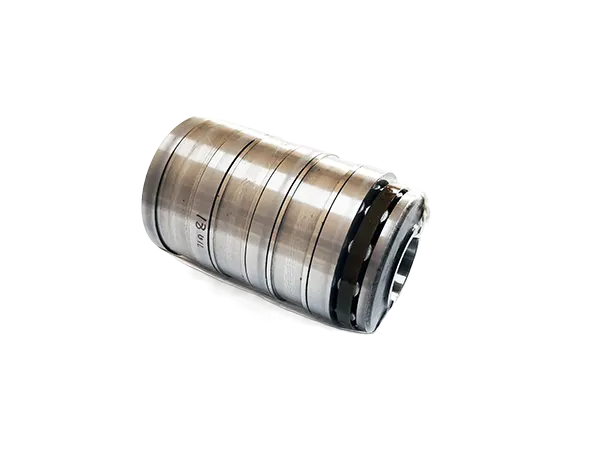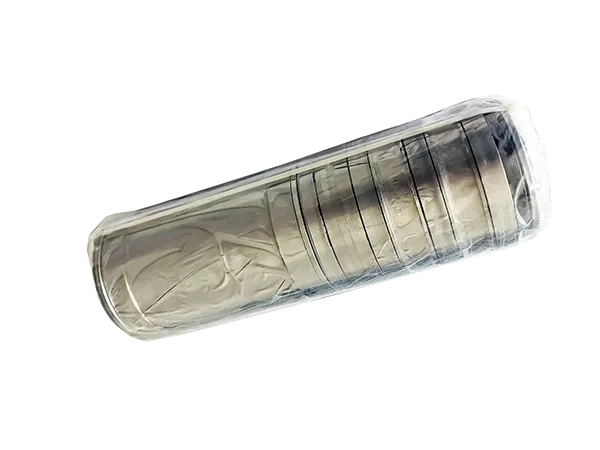Understanding Four-Row Tandem Bearings: Advantages, Applications, Installation, and Characteristics
Introduction
Four-row tandem bearings are critical components in various industrial applications, specifically designed to accommodate heavy loads and provide exceptional axial and radial support. This article will delve into the advantages, applications, installation procedures, and defining characteristics of four-row tandem bearings, offering a comprehensive understanding of their significance in modern engineering.
Advantages of Four-Row Tandem Bearings
One of the primary advantages of four-row tandem bearings is their ability to support high radial loads while maintaining excellent axial load capacity. This dual-load capability makes them particularly valuable in applications where space and weight limitations are critical. Here are some key benefits:
- Load Distribution: With four rows of rolling elements, these bearings distribute loads evenly, reducing stress and wear on individual components.
- Durability: Constructed from high-quality materials, four-row tandem bearings provide enhanced durability and longevity, leading to reduced maintenance needs and operational costs.
- Efficiency: Their design minimizes friction and enhances rotational efficiency, which is crucial in high-speed applications, ultimately improving the overall performance of machinery.
- Versatility: These bearings can be utilized in various orientations, which gives them an edge in multifaceted applications across numerous industries.
- Temperature Resistance: Many four-row tandem bearings can withstand significant temperature variations, making them suitable for harsh environmental conditions.
Applications of Four-Row Tandem Bearings
The versatility of four-row tandem bearings allows them to be employed across a wide range of sectors. These include:
- Heavy Machinery: In sectors such as construction and mining, these bearings are integral components in cranes, excavators, and other heavy machinery, ensuring efficient operation under substantial loads.
- Wind Turbines: They play a vital role in wind turbine assemblies, where stability and reliability are crucial for energy production.
- Steel Mills: Four-row tandem bearings are essential in rolling mills and other steel production equipment, supporting the high rotational speeds and substantial loads common in this industry.
- Rail Transport: In rail systems, these bearings are utilized in bogies and axle boxes, providing the necessary stability and support for heavy trains.
- Marine Applications: Many marine vessels rely on these bearings for propulsion systems, where resistance to extreme conditions is essential.
Installation of Four-Row Tandem Bearings
Proper installation of four-row tandem bearings is critical to their performance and longevity. The following steps outline the general installation process:
- Preparation: Ensure that the mounting surfaces are clean, dry, and free from debris. Any contaminants can compromise the integrity of the bearing.
- Alignment: Accurately align the bearings to ensure they sit evenly in their designated housing. Misalignment can lead to premature failure.
- Lubrication: Apply the appropriate lubricants to the bearing as per the manufacturer’s specifications. Adequate lubrication is vital to minimize friction and prevent wear.
- Installation Tools: Use the right tools for installation, including bearing pullers, presses, and alignment tools, to prevent damage during the process.
- Final Inspection: Once installed, conduct a thorough final inspection to ensure that the bearings are secure and functioning correctly.
Characteristics of Four-Row Tandem Bearings
Several defining characteristics set four-row tandem bearings apart from other bearing types:
- Configuration: The innovative design of four rows of rolling elements enhances load-bearing capacity and stability.
- Material Composition: Typically, these bearings are made from high-quality steel or specialized materials that can withstand wear and resist corrosion.
- Sealing Options: Many four-row tandem bearings come with various sealing options to protect against contaminants and retain lubrication, enhancing their durability.
- Customization: Manufacturers often offer customization options, allowing for specific adaptations to meet unique application requirements.
- Compact Design: Their compact construction allows for integration into spaces where traditional bearings might not fit, providing flexibility in design.
Conclusion
Four-row tandem bearings represent a significant advancement in bearing technology, providing unparalleled support for various industrial applications. Their unique advantages, diverse applications, proper installation methods, and distinct characteristics make them indispensable in the engineering realm. As technology continues to evolve, the role of four-row tandem bearings is likely to expand, further solidifying their position as a cornerstone in heavy machinery and numerous other sectors. Understanding these bearings is crucial for engineers and technicians aiming to optimize performance and ensure the reliability of crucial machinery.




